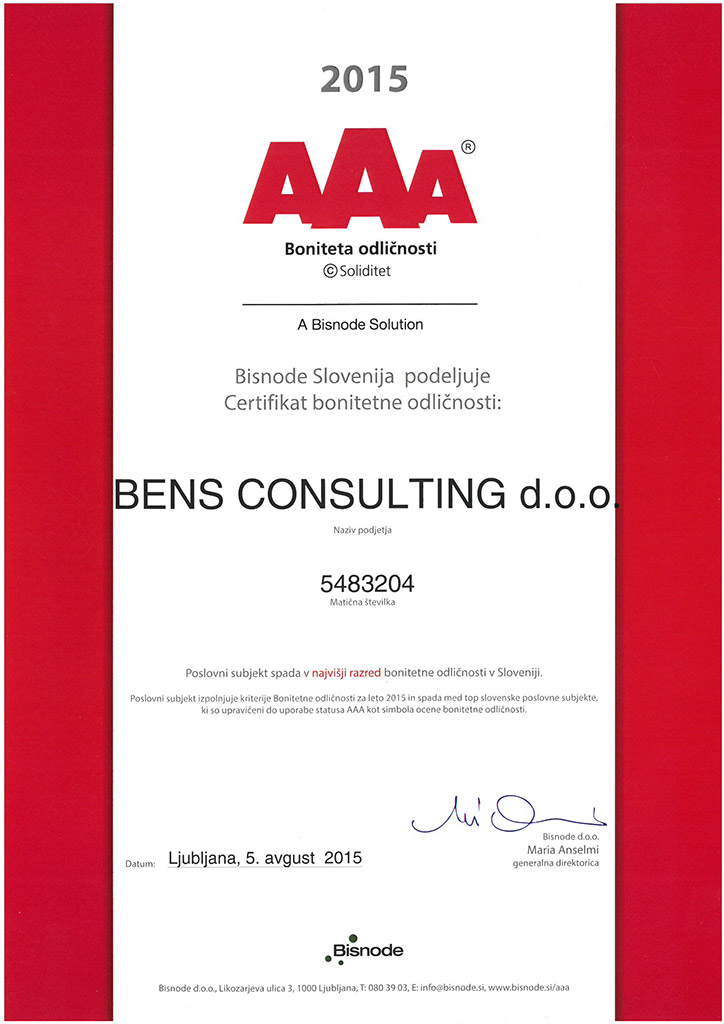
Chemicals are very often seen as necessary evil. We try to avoid and replace them with some products we consider less harmful. Or we try to come up with a product combination that will be less harmful and equally effective as a purchased product.
Whatever you think of them, they do make our daily lives easier, and we should not avoid them. But we should use chemicals responsibly and following the manufacturer's instructions. Let’s look at todays cleaning products.
Some people find that mixing different cleaners is a good way to get better results and remove stubborn stains. However, this can be very dangerous and even fatal, as some chemicals can react with each other to create toxic vapours, mists, or liquids.
One of the most common examples is mixing chlorine-based chemicals (e.g., bleach) with acid-based chemicals (e.g., vinegar). In this case, a reaction occurs, in which hydrochloric acid is formed. We know that it is a highly irritating substance that can damage the eyes, skin and respiratory tract.
Another example is mixing bleach and ammonia, which creates chloramine. This poisonous gas can cause coughing, difficulty breathing and pulmonary oedema.
Unfortunately, some people are unaware of these dangers and use incompatible chemicals simultaneously or in combination. At the same time, they very often do not use adequate protection and ventilation of the space they are in. This can lead to serious consequences and even death. Here are two real recent storites:
Recently, a portal recalled such a case in Great Britain. A woman died after mixing bleach and toilet cleaner while cleaning the bathroom. The mixing caused a violent reaction in which a poisonous gas was produced which caused a severe asthma attack. Further complications led to death after a few days.
Another story comes from kindergarten in Slovenia, where the teacher introduced symbols, including one for corrosiveness (Slovene word for corrosive is jedko → ‘’jed – food’’, ‘’jedko- something to eat’’). Later, a child recognized the symbol on a household cleaner product and almost ingested it, but his mother intervened just in time, averting a potential disaster.
Such cases have led to the development of chemical regulations that oblige chemical manufacturers to adequately label hazards. The goal is to inform the user and not accumulate unnecessary data. In addition to marking direct hazards (e.g., "Toxic if swallowed"), it is necessary to mark the hazards that may arise when mixing chemicals.
Here's an example:
- EUH031: In contact with acids, it releases a toxic gas.
- EUH206: Attention! Do not use together with other products. It can release a dangerous gas (chlorine).
Such markings can be found on household cleaning products. They clearly indicate potential dangers and give recommendations on how to use the product safely. The following tips can help you avoid the harmful or even fatal consequences of mixing chemicals:
- Never mix different chemicals, unless recommended by the manufacturer.
- Always read the labels and instructions for the use of chemicals and follow the recommended precautions.
- Use only chemicals in original packaging with clearly visible information on the label.
- Work in a well-ventilated area and avoid inhaling vapours or fumes.
- Use recommended protective equipment (e.g., gloves or mask) when using chemicals.
- If contact with skin, eyes or mouth occurs, immediately flush the affected area with water.
- If chemicals are inhaled or swallowed, move away from the source immediately.
- If symptoms occur and persist, seek medical attention.
- If a fire or explosion occurs, leave the room, and call the fire department.
Mixing chemicals can be very dangerous and should be avoided. Be careful and responsible when using cleaning products and other chemicals and protect yourself and your loved ones. If you need help marking hazards or interpreting some signs, write to me at nina.pajovic@bens-consulting.eu.
Author of original photo Karolina Grabowska portal Pexels






 Back to posts
Back to posts

